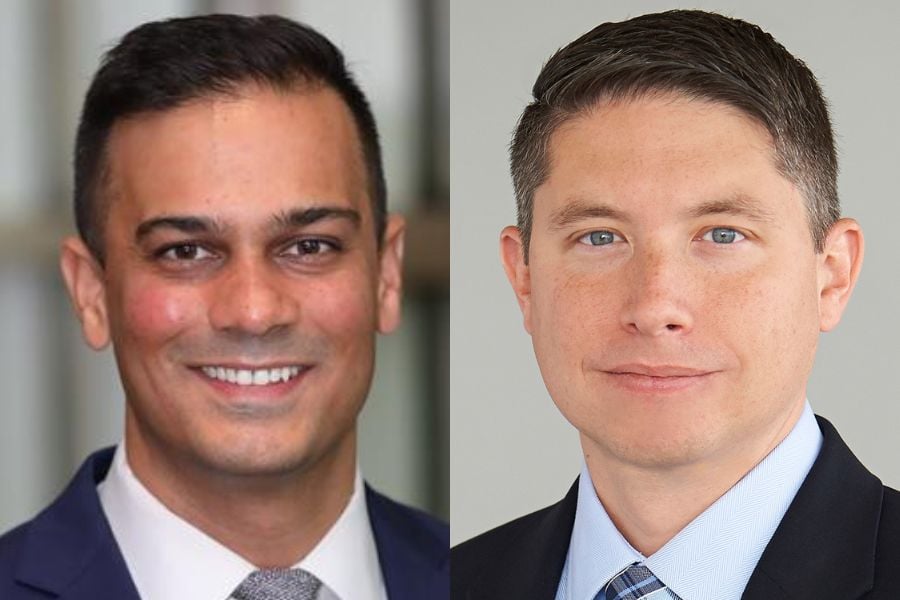

More than $1.2 trillion flowed into money market funds last year, a veritable tidal wave of cash crashing on the sidelines. So what’s going to happen to all that moolah when – and if - the Federal Reserve starts cutting interest rates?
Well, for fixed-income investors, it most likely means they are going to be reinvesting those dollars at lower yields. That’s why Dhruv Nagrath, director of fixed-income strategy at BlackRock, has been talking to clients about adding some duration to their portfolios to try and capture some potential price appreciation further out the yield curve.
“This is really the sweet spot of when you make your money in bonds, is between the last Fed hike and the first cut,” Nagrath said. “We're kind of targeting the five-year part of the yield curve.”
Nagrath says bond ETFs are the most efficient vehicle for investors looking to move out of money markets, given their tax efficiency. Of course, that may be expected considering that global bond ETFs pulled in about 300 billion inflows last year, with BlackRock’s iShares funds grabbing $113 billion of that total.
Nagrath says those flows have primarily been into higher-quality bonds like Treasuries and high-grade corporates as investors get comfortable with the new interest-rate environment.
On the equity side, Jeff Schulze, head of economic and market strategy at ClearBridge Investments, believes the so-called Magnificent Seven technology stocks are a crowded trade, with a lot of embedded expectations in those stocks. As a result, he sees any money moving back in from the sidelines going into small-cap stocks should a soft landing materialize.
“We do think that it's going to be a really good environment for active managers,” he said.
As to when the Federal Reserve will start chopping away at interest rates, Schulze believes the hotter-than-expected January inflation print has left policymakers in “wait and see” mode. Nevertheless, he still sees the overall direction of rates being downward going forward.
Core CPI rose by 3.9 percent in January, the same pace seen in December and above the 3.7 percent economists were expecting.
“If you look at fed funds futures, they've taken about 75 basis points out of cuts since the beginning of February, with the market pricing 80 basis points worth of cuts for this year,” Schulze said. “That feels about right, but I think the Fed is going to wait until June before they embark on their cutting cycle to make sure that inflation does get back to 2 percent on a sustainable basis.”

Driven by robust transaction activity amid market turbulence and increased focus on billion-dollar plus targets, Echelon Partners expects another all-time high in 2025.

The looming threat of federal funding cuts to state and local governments has lawmakers weighing a levy that was phased out in 1981.

The fintech firms' new tools and integrations address pain points in overseeing investment lineups, account monitoring, and more.

Canadian stocks are on a roll in 2025 as the country prepares to name a new Prime Minister.

Carson is expanding one of its relationships in Florida while Lido Advisors adds an $870 million practice in Silicon Valley.
RIAs face rising regulatory pressure in 2025. Forward-looking firms are responding with embedded technology, not more paperwork.
As inheritances are set to reshape client portfolios and next-gen heirs demand digital-first experiences, firms are retooling their wealth tech stacks and succession models in real time.
